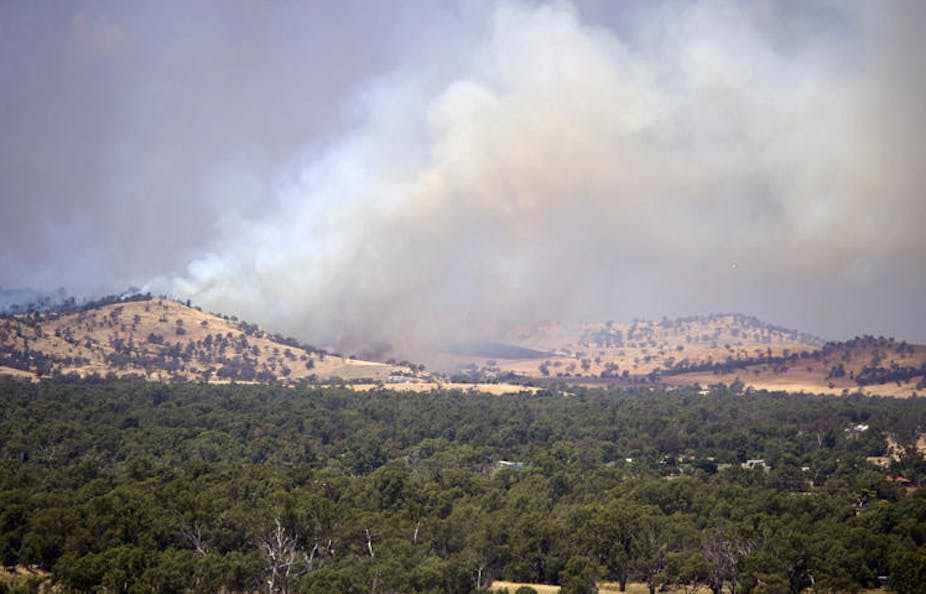Heatwaves like the one sweeping Australia today will become more common as the globe warms, with record high temperatures already outpacing record lows by a ratio of three to one, experts said today.
Temperatures are expected to climb past 40 degrees celsius across the country today, with authorities warning of extreme bushfire risk in NSW. Over 130 bushfires had broken out across that state by this afternoon with 40 classified as uncontained, the NSW Rural Fire Service said.
Australia had experienced six days in a row of average temperatures above 39 degrees and another two days were expected, the Bureau of Meteorology said. The previous long run of such high average temperatures was four days, set in 1973.
A long dry spell in inland Australia, fewer cold fronts and the delayed onset of the monsoon in the country’s north had helped create today’s conditions but “the other thing at play here is climate change,” said Dr David Jones, Head of Climate Monitoring and Prediction Services at the Australian Bureau of Meteorology.
“We know that inland Australia is a degree and a half hotter than it was 50 to 100 years ago. Every single day we have this background warming trend which effectively means the whole climate system operates on a higher base,” he said.
“If you look at maximum temperatures, we are now finding that the rate at which we get record high temperatures is three times faster than the rate at which we get record low temperature.”
In other words, he said, “for every record cold day we see, we get three record hot days.”
“The climate system is really strongly weighted over Australia now towards record heat… that’s quite a profound shift.”
Dr Jones said Australia “was now seeing record hot nights five times more frequently than record cold nights.”
The Bureau of Meteorology has been forced to add new colours to its Interactive Weather and Wave Forecast Maps to illustrate previously unthinkable temperature highs.
The Bureau also released a Special Climate Statement yesterday saying that for the last four months of 2012, “the average Australian maximum temperature was the highest on record with a national anomaly of +1.61 degrees celsius, slightly ahead of the previous record of 1.60 degrees celsius set in 2002 (national records go back to 1910).”
A recent World Bank report warned that the globe may warm by four degrees celsius by the end of this century.
Today’s increased bushfire risk was due to a combination of extreme heat, winds and low humidity, said Dr Jason Sharples, an expert in bushfire risk modelling from the University of NSW’s School of Physical, Environmental and Mathematical Sciences, adding that today’s conditions were “certainly consistent with trends you would expect under global warming.”
Dr Sharples said his research showed that very big bushfires can behave quite unexpectedly, for example by spreading across the wind rather than with the wind.
“There’s still a lack of recognition that when you get these big fires, they can be different beasts and the old methods don’t apply.”
In comments released by the Australian Science Media Centre, Dr Markus Donat, Postdoctoral Research Fellow at the Climate Change Research Centre at UNSW, said that his research showed that in most regions globally, “extremely high temperatures have become more frequent and more intense, while extremely low temperatures are occurring less frequently than they did in the middle of the 20th century.”
“Counting the number of very warm days (in this specific case defined as the warmest 5% during the 1951-1980 period), we found that during the most recent three decades 1981-2010, the frequency of days in this warmest category has increased by 40% globally,” he said.
Heat waves cause more harm than any other kind of natural disaster, with the elderly, disabled and people of non-English speaking backgrounds most at risk, according to a new report released today by the National Climate Change Adaptation Research Facility.
People most at risk were also more likely to live in hotter parts of cities, the report said.

